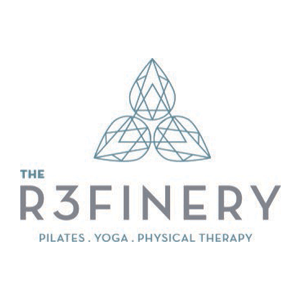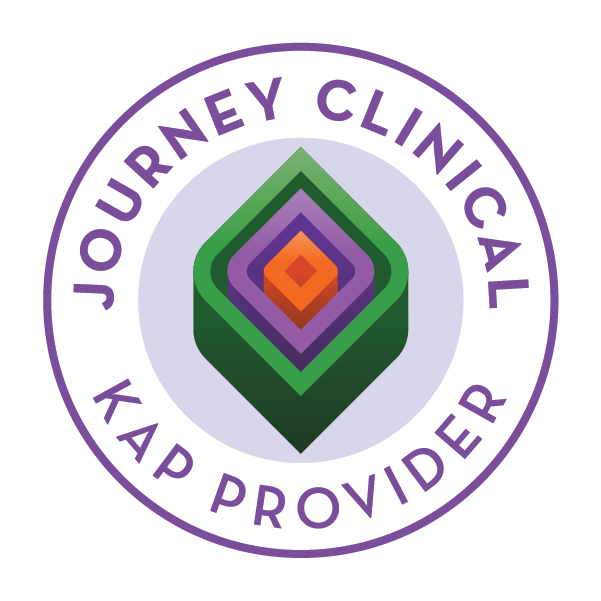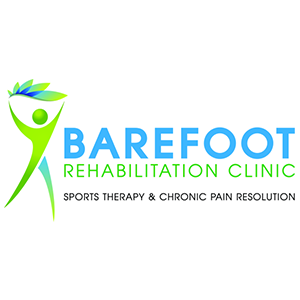Fixing the Nervous System: Healing from the Inside Out
October 1, 2025
Our nervous system is at the center of everything we do; it is the hidden network that helps us think, feel, move, and connect! Yet, in today’s world of constant stress and overstimulation, many of us find that our nervous systems are overworked and in need of a rest or reset. Anxiety, burnout, difficulty sleeping, chronic fatigue, and even physical pain are often signs that our nervous system is out of balance. At Presence of Mind Therapy we believe in assisting clients in regulating their nervous system and exploring ways in which they can live life healthily, confidently, stress free, and secure.
The good news is that the nervous system is not fixed. We as humans have the ability to repair its components. It is flexible, adaptable, and capable of healthy change. With the help of clinicians at Presence of Mind Therapy clients will feel supported as they embark on a journey of regulation, balance, and healing.

Understanding the Nervous System
To be able to regulate our nervous system, we must understand the parts of this bodily structure.
The nervous system has two main branches:
• Sympathetic Nervous System:
often called “fight or flight,” this prepares us to respond to stress and danger.
• Parasympathetic Nervous System:
known as “rest and reset,” this supports recovery, healing, and feeling grounded and calm.
When we experience chronic stress or trauma, the sympathetic system can stay “on” for too long, leading to dysregulation. Healing often requires restoring balance and giving the parasympathetic system more space to work. At Presence of Mind we use psychological approaches paired with body healing such as guided meditation and deep breathing to allow for transformational healing. We practice from a place of authentic connection and meet each client in their present reality. We act as the bridge between hope and change.
Practical Ways to Support Nervous System Healing
1. Breathwork and Deep Breathing
Slow, intentional breaths signal safety to the body. Practices such as diaphragmatic breathing, box breathing, or simply lengthening your exhale can help shift the body out of fight-or-flight mode. If you feel like you want to rest your hands near your diaphragm or chest, go for it! This beautiful process can look exactly like what feels natural to you.
2. Movement and Exercise
Gentle movement such as yoga, stretching, or walking can help discharge stored stress. More vigorous exercise, like running or weightlifting, can also reset the nervous system when done mindfully. It's okay to ease into this; take your time, and go at a pace that feels right for you. We believe that everyone's journeys are unique; there is beauty and healing with making that first step.
3. Grounding Practices
Bringing awareness to the present moment through sensory grounding (“What do I see, hear, feel right now?”). Furthermore, walking in nature helps calm the body’s stress response. Spiritual exploration offers a sense of connection to a power greater such as Nature, the Universe, Source, and Self. Spirituality can improve feelings of safety, protection, connectedness, and love. Every human deserves to feel these things. Spiritual work can also improve self-worth and connection to one's identity.
4. Somatic Practices
Somatic experiencing, progressive muscle relaxation, or body scans bring attention back to the body, allowing us to release stored tension and reconnect with ourselves.The connection between mind and body is integral to healing. We store emotional pain and trauma in our bodies and replay old tapes all the time. We use clinical theories such as Polyvagal as well as ancient technologies such as chakra work, meditation, and craniosacral massage therapy. We offer compassionate support to help you re-learn how to feel and heal the connection of your mindbody in Summit, NJ.
5. Rest and Sleep Hygiene
Sleep is the ultimate nervous system healer hack. Creating consistent sleep routines, reducing screen time before bed, and cultivating a calm nighttime environment can be transformative for those who are struggling to feel balanced. The progress made inside sessions can also ease stressful nights and equip clients with the ability to regulate oncoming stress and feel in control.
6. Safe Connection
Human connection is one of the most powerful regulators. Talking with loved ones, engaging in therapy with us, or simply feeling seen and supported activates the parasympathetic system and fosters healing. Within our safe spaces you will develop trust with your therapist at a pace that feels comfortable. You will be informed and guided as you reframe issues to better align with the life and identity that you desire.
A Compassionate Reminder
Fixing the nervous system isn’t about being perfect or doing everything “right.” It’s about creating small, consistent habits that nurture balance and resilience. Healing takes patience, but every deep breath, every mindful step, and every moment of rest is a step toward nervous system health.Pairing evidenced-based treatment strategies with spiritual approaches, you will gain clarity around the past, grow mindfulness and gratitude for the present, and feel empowered to design your future.
Your body already holds wisdom and resilience; you are simply learning how to listen, support, and restore what was always within you.
Interested in working with us? Please contact newclient@presenceofmindtherapy.com or call 908-633-2441.
Presence of Mind Therapy Blog

What actually happens in therapy? This post breaks down the core elements of the therapeutic process, from the importance of the client-therapist relationship to informed consent, neutrality, and what therapy is (and isn’t) meant to provide. A grounded, compassionate introduction for anyone considering therapy.





















Share On: